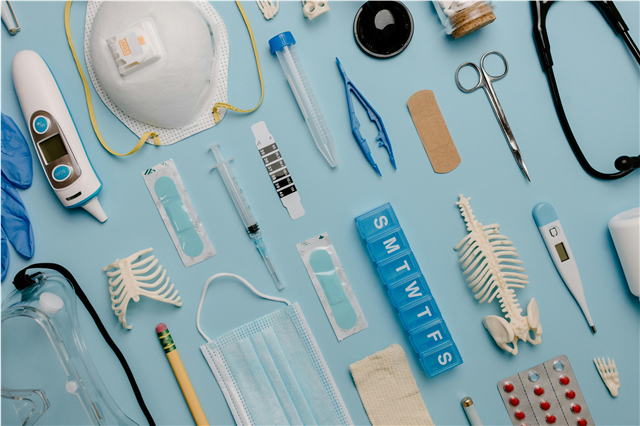
What are the applications of laboratory equipment in food safety testing?
Food safety testing is the unsung hero of our daily meals, quietly ensuring that every bite we take is safe and healthy. Behind the scenes of this critical process lies a sophisticated world of laboratory equipment that transforms food safety from guesswork into science. Here are 15 intriguing facts that reveal how these precision instruments protect our plates.
1. Microscopes Can Spot a Single Salmonella Cell
Modern food safety laboratories utilize high-powered microscopes capable of detecting individual bacterial cells as small as 0.5 micrometers. These optical marvels can identify dangerous pathogens like Salmonella and E. coli at concentrations as low as 10 cells per gram of food – that's like finding one contaminated grain of rice in an entire bag!
2. PCR Machines Can Detect DNA in Hours, Not Days
Polymerase Chain Reaction (PCR) equipment can amplify and identify microbial DNA within 2-4 hours, compared to traditional culturing methods that take 24-48 hours. This molecular copying machine can detect as little as one cell of Listeria in a sample, making it invaluable for rapid pathogen detection in perishable foods.
3. Mass Spectrometers Act as Molecular Fingerprints Scanners
Mass spectrometers can identify food contaminants by creating unique "molecular fingerprints." These $500,000+ instruments can simultaneously detect hundreds of pesticides, antibiotics, and chemical contaminants in a single test, providing comprehensive safety profiles faster than ever before.
4. Gas Chromatographs Can Smell Better Than Dogs
Gas chromatography equipment separates and identifies volatile compounds in food samples, detecting off-odors and chemical contaminants that human noses cannot perceive. These instruments can identify over 200 volatile compounds in a single wine sample, ensuring quality and safety simultaneously.
5. Spectrophotometers Guard Against Heavy Metal Poisoning
UV-Vis spectrophotometers can detect heavy metal contamination at parts-per-billion levels – equivalent to finding one drop of contaminated water in an Olympic-sized swimming pool. This precision equipment helps prevent lead, mercury, and cadmium from entering our food supply.
6. Automated Sample Prep Systems Handle 384 Tests Simultaneously
Robotic liquid handling systems can process up to 384 samples simultaneously, reducing human error and contamination risk. These automated workhorses can pipette volumes as small as 0.1 microliters – about 1/50th the size of a single drop of water.
7. Thermal Cyclers Prevent Foodborne Illness Outbreaks
Real-time thermal cyclers used in food testing labs can identify antibiotic-resistant genes in bacteria within 90 minutes. This rapid detection prevents contaminated products from reaching consumers and helps track potential outbreak sources before they spread.
8. Centrifuges Separate Good from Bad at 15,000 RPM
Ultracentrifuges spinning at up to 15,000 revolutions per minute separate cellular components, allowing scientists to isolate and identify harmful bacteria from beneficial microorganisms. These powerful spinners generate forces up to 20,000 times gravity to concentrate pathogens for easier detection.
9. Chromatography Systems Can Find Pesticides at 1 Part Per Trillion
High-performance liquid chromatography (HPLC) systems can detect pesticide residues at concentrations as low as one part per trillion – like finding one grain of sand on a beach. This incredible sensitivity ensures even trace contaminants don't slip through quality control.
10. Biosensors Provide Instant Food Safety Results
Biosensor technology, including handheld devices, can detect pathogens within minutes rather than hours. Some glucose biosensors used in food testing can provide accurate results in under 30 seconds, revolutionizing on-site food safety monitoring.
11. FTIR Spectrometers Identify Food Fraud Instantly
Fourier Transform Infrared (FTIR) spectrometers can distinguish between authentic and adulterated foods instantly. These instruments can identify if honey has been diluted with corn syrup or if expensive spices have been mixed with cheaper fillers, protecting both safety and consumer trust.
12. Flow Cytometers Count Living Cells at 10,000 Per Second
Flow cytometry equipment can analyze thousands of individual cells per second, simultaneously measuring multiple characteristics of microbial populations. This technology helps food scientists understand bacteria viability and effectiveness of antimicrobial treatments.
13. Immunoassay Readers Provide Instant Screening Results
Enzyme-linked immunosorbent assay (ELISA) readers can screen for multiple allergens, toxins, and pathogens simultaneously in under an hour. These plate readers can detect peanut proteins at concentrations as low as 2 parts per million, crucial for protecting allergic consumers.
14. pH Meters Ensure Optimal Food Preservation Conditions
Precision pH meters can detect changes as small as 0.01 pH units, helping determine if food storage conditions are optimal for preventing bacterial growth. Since most pathogens thrive outside pH 4.6-7.5, these measurements are critical for food safety.
15. DNA Sequencers Track Contamination Sources Worldwide
Next-generation DNA sequencing equipment can trace food contamination sources by comparing bacterial DNA patterns across global databases. This technology has helped solve numerous foodborne illness outbreaks by linking contaminated products across multiple states or countries.
Conclusion: Technology Protecting Every Meal
The intersection of cutting-edge laboratory equipment and food safety testing represents one of science's most practical applications. From preventing deadly outbreaks to ensuring food authenticity, these sophisticated instruments work tirelessly behind the scenes to make our food supply safer than ever before.
As technology continues advancing, the sensitivity, speed, and accuracy of food safety testing will only improve, promising an even safer food future for consumers worldwide. The next time you enjoy a meal, remember that dozens of sophisticated instruments likely worked together to ensure your food reached your table safely.
Ready to learn more about food safety innovation? Follow us for weekly insights into how technology protects our plates and keeps families healthy.


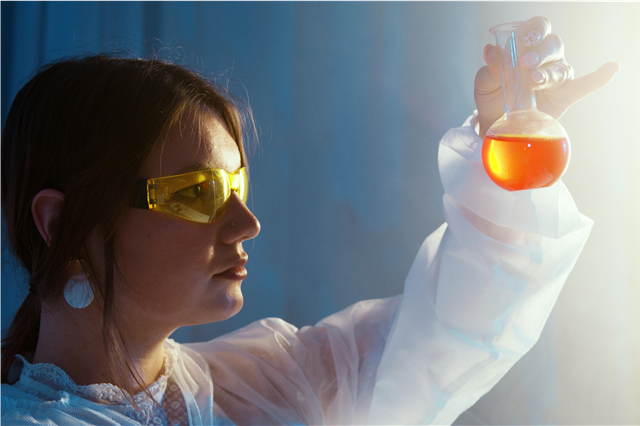
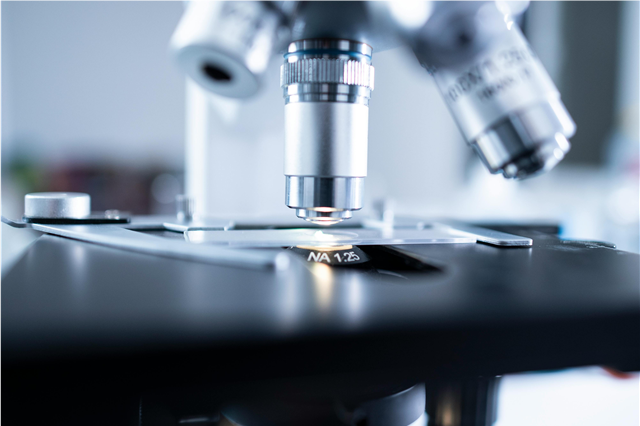
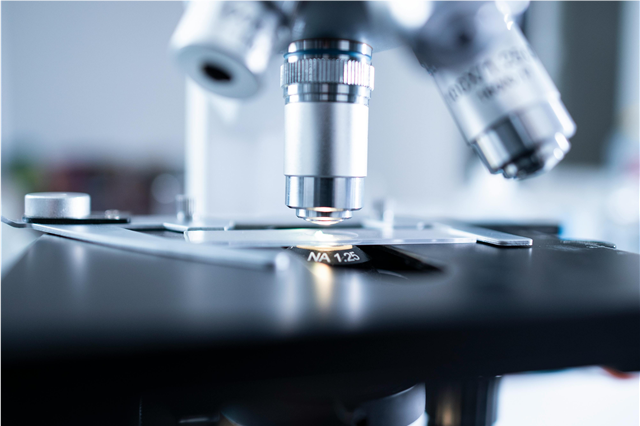
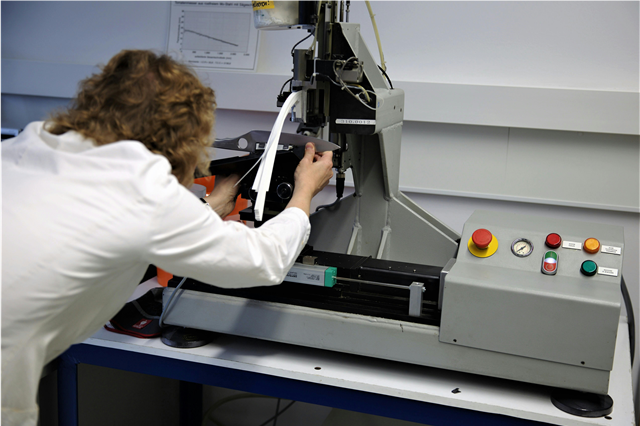
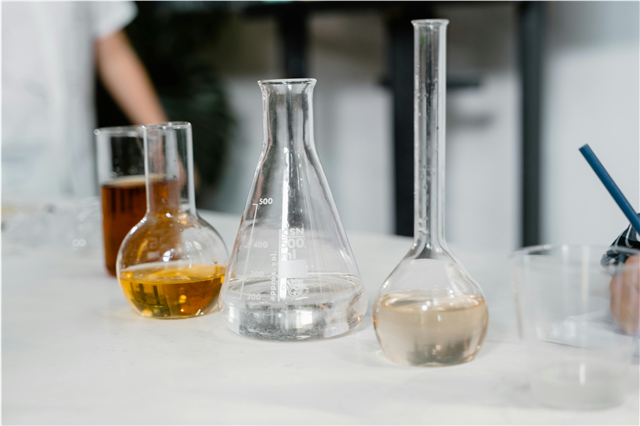
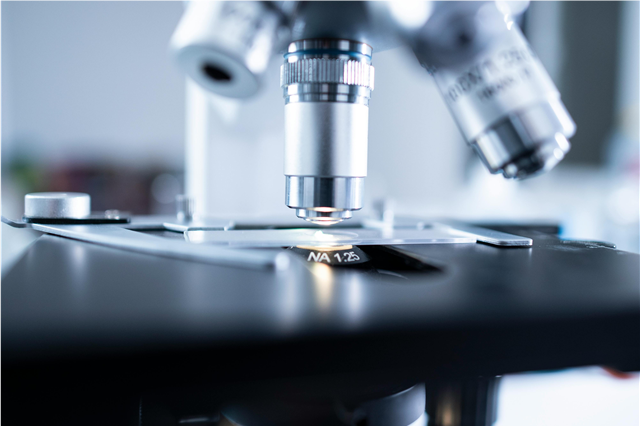







Post Comment